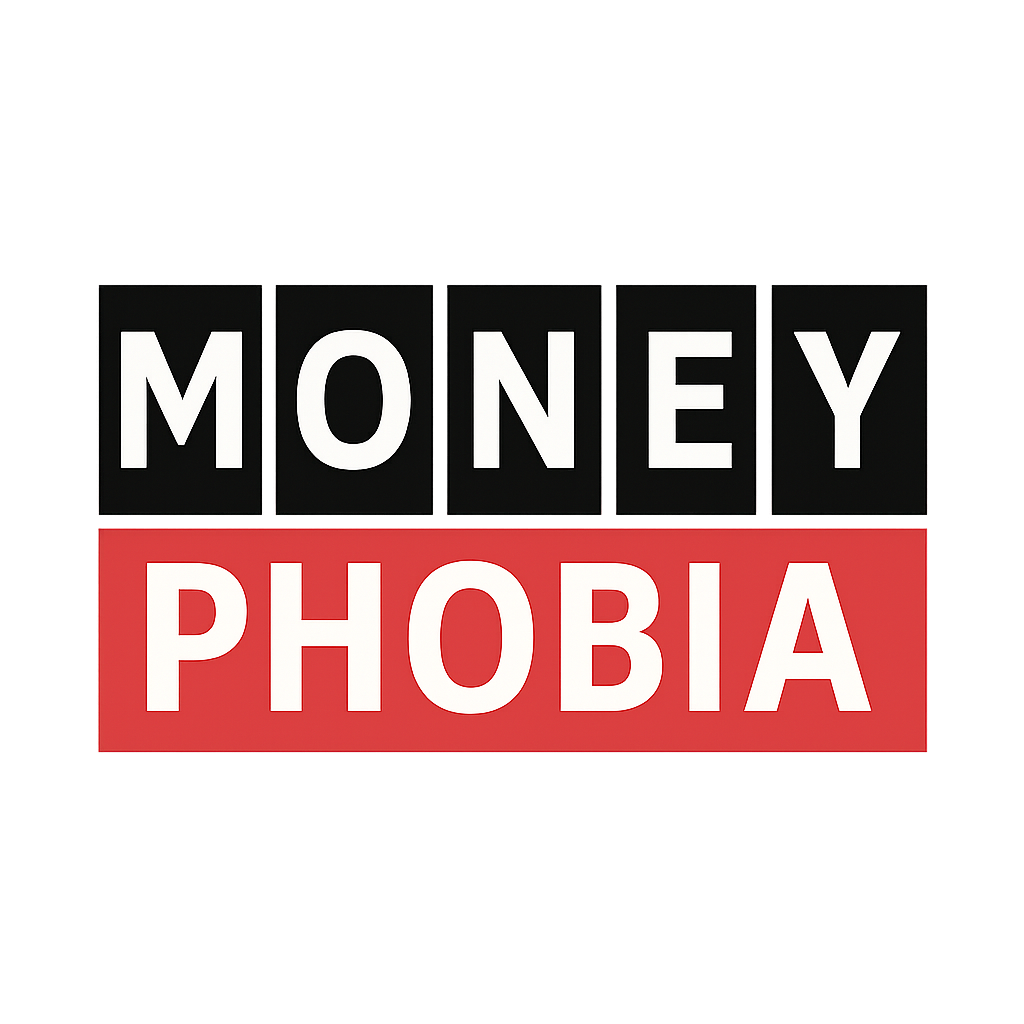Last updated on July 11th, 2025 at 11:54 am

6-7x Growth: How Facebook Transformed the World of Communication
Facebook, now part of Meta Platforms, began as a small college project and grew into the world’s largest social media network. This analysis explores Facebook’s journey, strategies, and its path to becoming a global tech powerhouse.
Introduction: The Birth of Facebook
Facebook was founded in February 2004 by Mark Zuckerberg, along with Eduardo Saverin, Andrew McCollum, Dustin Moskovitz, and Chris Hughes. Initially designed as a platform for Harvard students to connect, it quickly expanded to other universities and eventually became a global phenomenon. Today, Facebook connects over 2.9 billion monthly active users worldwide, shaping the way we communicate and share information.
Key Milestones in Facebook’s Growth Journey
- 2004: Facebook launched at Harvard University.
- 2006: Platform opens to anyone aged 13 and older with a valid email address.
- 2012: Facebook’s IPO raises $16 billion, valuing the company at $104 billion.
- 2014: Acquisition of WhatsApp for $19 billion and Oculus VR for $2 billion.
- 2021: Rebranding to Meta, focusing on building the metaverse.
- 2023: Revenue surpasses $115 billion.
The Business Strategies Behind Facebook’s Success
1. Innovation in User Experience
Facebook constantly evolves to enhance user engagement:
- Features: Launch of News Feed, reactions, live videos, and Stories.
- AI Integration: Personalized content recommendations and robust ad targeting.
2. Strategic Acquisitions
Acquisitions have been critical to Facebook’s growth:
- Instagram (2012): Strengthened its position in photo-sharing.
- WhatsApp (2014): Dominates global messaging.
- Oculus VR (2014): Entry into virtual reality.
3. Global Expansion
Facebook’s strategies to reach a wider audience include:
- Connectivity Initiatives: Internet.org to bring online access to underserved regions.
- Localized Content: Customizing experiences for regional audiences.
Facebook’s Core Products and Services
Facebook’s ecosystem includes:
- Facebook Platform
- Features: Social networking, groups, and marketplace.
- Benefits: Connectivity and content sharing.
- Instagram
- Features: Photo and video sharing, reels, and Stories.
- Benefits: Engagement and monetization opportunities.
- WhatsApp
- Features: Messaging, voice, and video calls.
- Benefits: Secure communication.
- Meta Quest
- Features: Virtual reality headsets.
- Benefits: Immersive experiences for gaming and beyond.
Financial Growth and Revenue Breakdown
Facebook’s financial performance highlights its dominance:
| Year | Revenue | Profit Margin | Monthly Active Users |
|---|---|---|---|
| 2020 | $86 billion | 38% | 2.7 billion |
| 2021 | $118 billion | 33% | 2.8 billion |
| 2022 | $116 billion | 30% | 2.9 billion |
| 2023 | $121 billion+ | 31% | 3.0 billion |
Key Factors Driving Financial Success
- Ad Revenue: Dominates digital advertising.
- Diversification: Expanding into VR and AR.
- User Growth: Consistent increase in global users.
Facebook’s Marketing and Branding Strategies
1. Social Media Domination
- Cross-Promotion: Leveraging Instagram and WhatsApp.
- Branding: Building trust and engagement through consistent updates.
2. Data-Driven Decisions
- Targeted Advertising: Leveraging user data for precision marketing.
- Feedback Loops: Continuous improvement based on user input.
Competitors and Market Landscape
Main Competitors
Facebook faces competition from:
- TikTok: Rising popularity among younger audiences.
- Snapchat: Strong presence in ephemeral content.
- Twitter: A platform for real-time conversations.
Challenges Faced by Facebook
- Privacy Concerns
- Increased scrutiny over data usage and security.
- Regulatory Hurdles
- Antitrust investigations and content moderation laws.
Future Outlook: What’s Next for Facebook?
Facebook’s future lies in:
Upcoming Initiatives
- Metaverse Development: Building immersive virtual worlds.
- AI Advancements: Enhancing user experiences and advertising.
- Sustainability Goals: Commitment to net-zero emissions by 2030.
With its focus on innovation and user engagement, Facebook is set to remain a leader in the digital world, shaping the future of communication and technology.
For more updates on Company History and Growth Sucess and other financial insights, visit moneyphobia.in.

For Advertising, Guest Posting, Newsletter Inserts please contact [email protected]. For general enquiries contact [email protected].

